On September 24, the Turkish-backed Military Police in the occupied northern Syrian town of al-Bab announced that they had neutralized a “terrorist cell” of the Kurdistan Workers’ Party (PKK) in an operation carried out with support from the Syrian National Army’s 1st Corps.
In a statement, the Military Police claimed that the cell was smuggling weapons to areas held by the US-backed Syrian Democratic Forces (SDF) in northeastern Syria.
- Click to see full-size image.
- Click to see full-size image.
- Click to see full-size image.
- Click to see full-size image.
Loads of weapons and ammunition were found at the cell’s main hideout. The weapons included at least six Turkish-made HAR-66 anti-tank rocket-propelled grenades.
Turkey supplied loads of HAR-66 rounds to its proxies in Syria. The weapon was also spotted in the northwestern Syrian region of Greater Idlib with several terrorist groups, including al-Qaeda-affiliated Hay’at Tahrir al-Sham.
The HAR-66 is a copy of the US M72 LAW manufactured by Turkey’s Mechanical and Chemical Industry Corporation, MKEK, under a license.
Opposition activists claim that the PKK is buying weapons from Greater Idlib and Turkish-occupied areas in northern Aleppo and shipping them to the SDF who later use them against Turkish-backed militants.
The weapons supplied by Turkey to rebels in Syria are now being used against the Turkish military and its proxies, who on their turn use weapons supplied by the US, like TOW anti-tank guided missiles, against US proxies in the war-torn country.




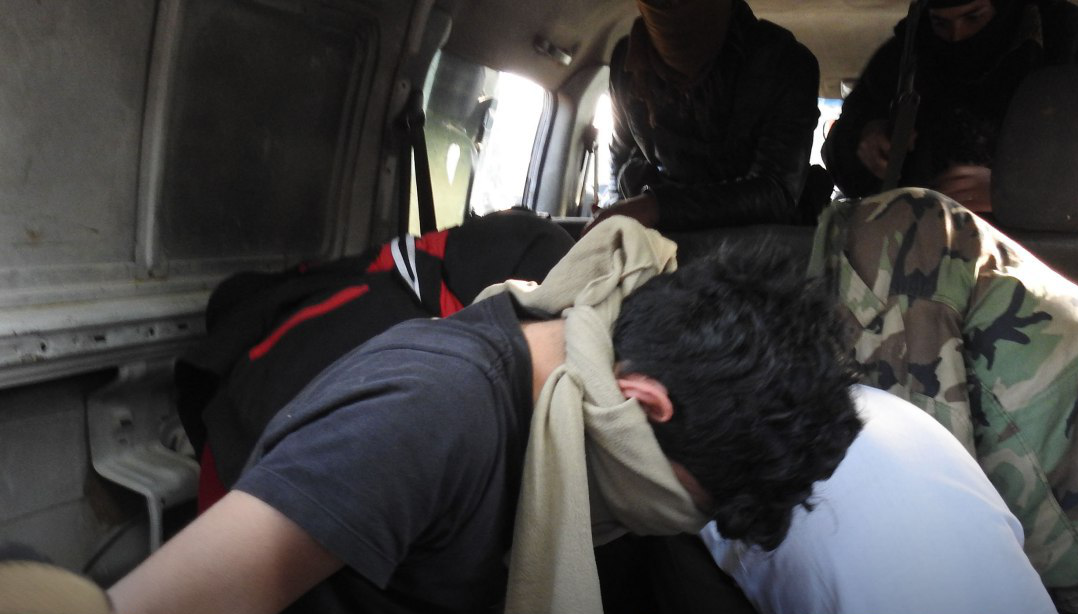
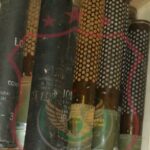
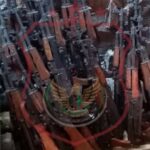
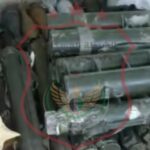
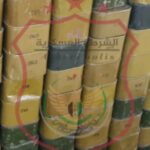
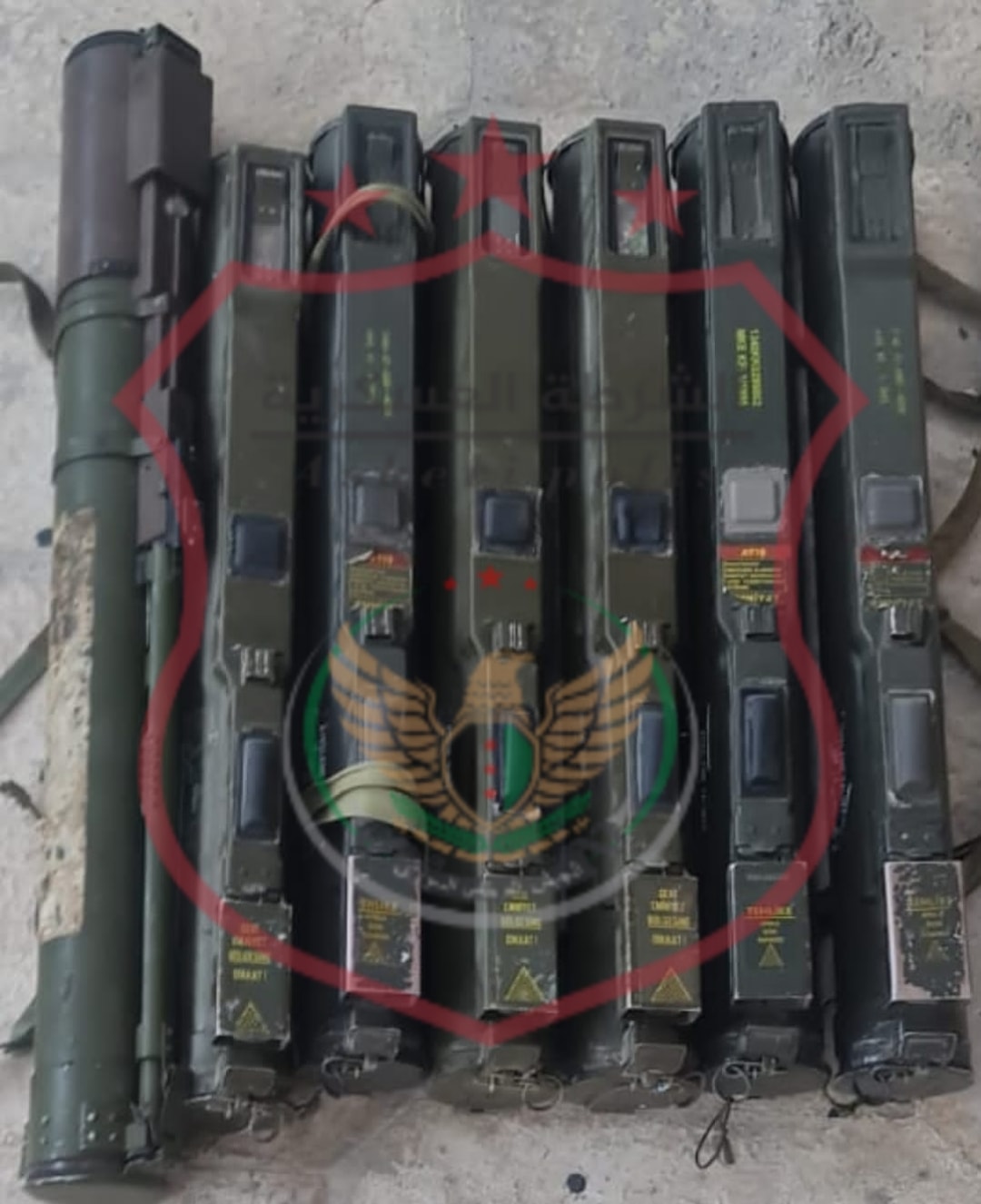
The turks see dollars while their soldiers bleed out from their own supplied weapons and munitions. What a sick business model.
“War Is a Racket” A speech and book by Smedley Butler, 1935.